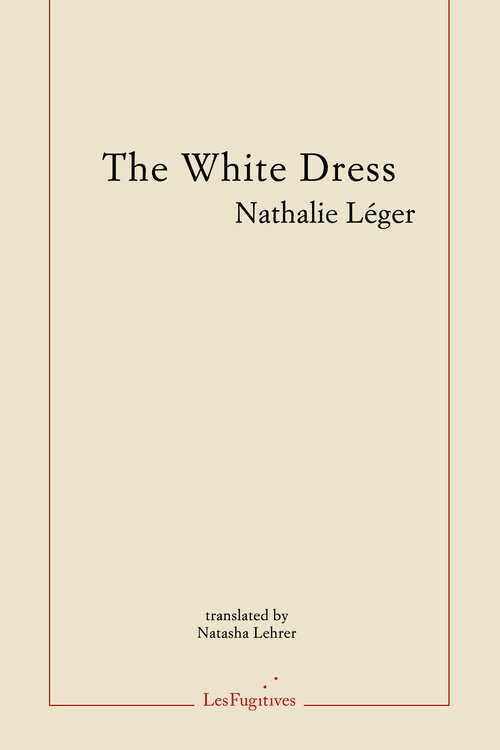The dress would need to be washed occasionally. A few weeks before her departure, Pippa Bacca organized a bonfire in the garden of her studio on Via Filippo Argelati, in Milan. She sent out invitations by email: ‘If you would like to contribute to the bride’s journey, come and burn something for me.’ On a cold, wet afternoon, on Sunday 17 February 2008, she lit a huge fire in the little garden at the back of the building, and everyone, I find it quite chilling, came with an object to burn – a letter, some old papers, spices, an issue of Vanity Fair, a second-hand copy of the I Ching, greetings cards wishing her safe travels – to throw on the fire. The ashes would be used to make soap for washing the dress. The wood residues had to be salvaged, mixed with rainwater and left to infuse for a week, the mixture then filtered through a piece of fine cloth to obtain the ash extract that would then be poured into a small container. Apparently it works very well. Dazzling white restored by ashes. Why not. The dress, the white, the foot-washing, the ash, accessories, images, arguments, everything had to be terribly significant. For the dress, Pippa worked with a designer to whom she explained at length what she wanted. The fabric petals that formed the skirt represented all the countries to be crossed, like the blank pages of the notebook on which Pippa was planning to write an account of her journey. The cape was for her to wear in countries where women are required to cover their hair, and to dry feet after they were washed. Her departure was fixed for 8 March 2008. Friends and family came to Casa dei Morigi for a big party and the first foot-washing. In among all the commotion and jubilation, a melancholy accordion provided the soundtrack for the improbable ceremony of a bride setting out beneath an overcast sky on a journey to save the world.
Look at Europe from above as if it were an immense maquette. See the landscapes, forests, valleys, waterways, the lines of the highways, urban agglomerations, roundabouts and junctions, industrial zones right by huge cemeteries. Study it, follow the roads, examine the housing estates, squares, alleyways, parking lots. Lean in, observe the brightly lit interiors, the tiny apartments, minuscule kitchens, bedrooms, tables, chairs, beds and lights. Look at the bodies in miniature, simultaneously busy, lying down, eating, pacing up and down in all these tiny spaces, sitting, despondent or animated, engrossed or desperate, telling, or trying to tell, what’s happened, whatever it is that’s happened, we see people talking to each other, holding out a hand or turning away, dancing in the stippled glow of fairy lights, greeting each other, embracing, now they’re fleeing, scattering, some rush forward, they fall and don’t get up again, we see them fighting, the huge crowds look so tiny at this scale, throngs of people, convoys, people running, suddenly holes, here, there, a gaping crater made by a shell in the middle of the city, bloodied bodies, we see dogs, trains, dead bodies piling up next to fire hydrants, libraries in flames, columns of humans tramping through the dark, through the cold, we see them fleeing, suffering, dying, we see people being hunted down, executed, we see them, we see the glistening outline of corpses already putrefying in the summer sun, we see the earth dug up, makeshift graves, broken stones, we see the erasure of traces, the archaeology of concealment, close to roundabouts, or right between two highways, not even at a discreet distance.
She wanted to travel through countries that had recently experienced war. I don’t know if she saw the signs of massacres, facades of buildings riddled with bullet holes, neighbourhoods still devastated, houses still in ruins. Did she see the Potocari cemetery, the 8,372 names and the steles commemorating all those killed in Srebrenica during a single week in the summer of 1995, did she see the memorial to the Bosnian genocide at Višegrad, the stele where the word ‘genocide’ engraved on the stone had been chiselled away by one group of people then added back with marker pen by another? Asking the question, I am only trying to understand what she wanted to do: did she really think that a dress with a train could erase the horror? But why would I want to even appear to reproach her? Is it because I would have extricated from the infernal fabric one or two or ten atrocities, an entire book of inhuman suffering inflicted by humans, that I would have got closer to the truth of these massacres, would have had more legitimacy when it came to denouncing them, been more effective when it came to atoning for them?

The White Dress by Nathalie Léger, translated from the French by Natasha Lehrer, is available from Les Fugitives.
Image © CameliaTWU






